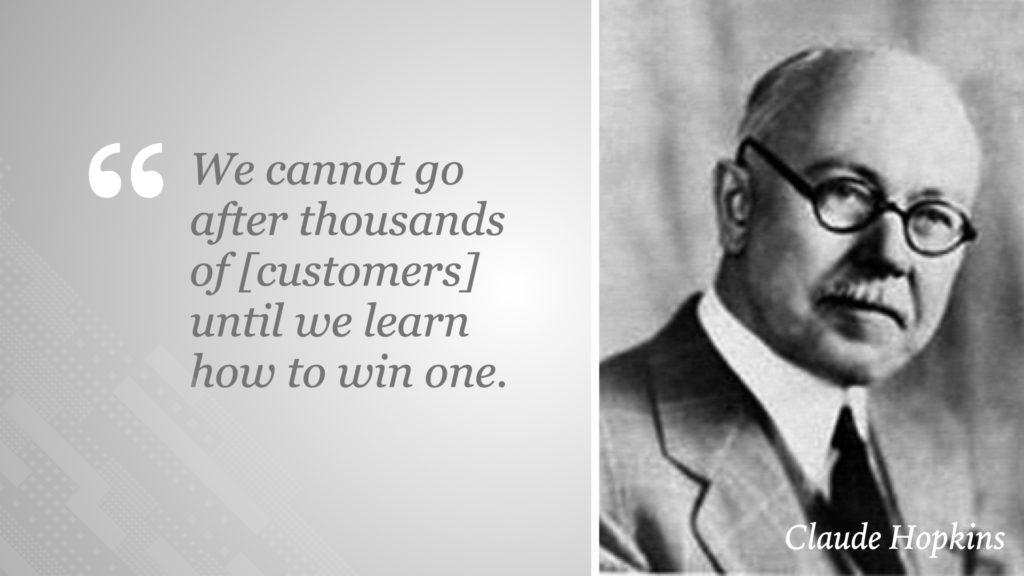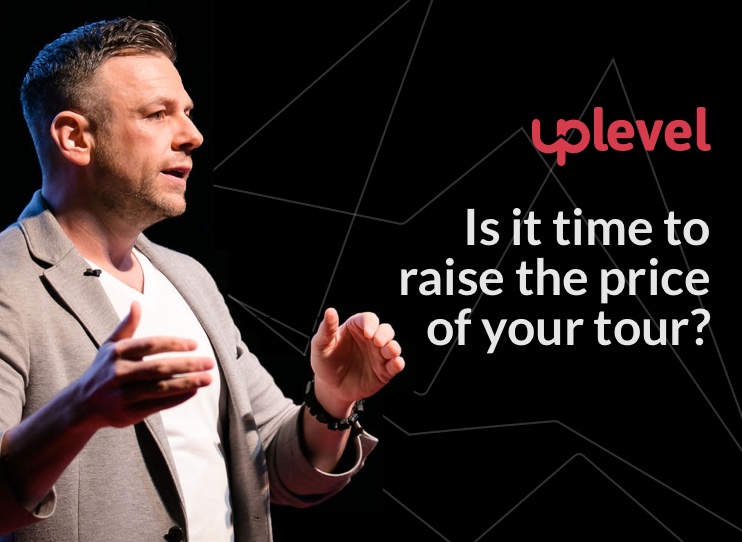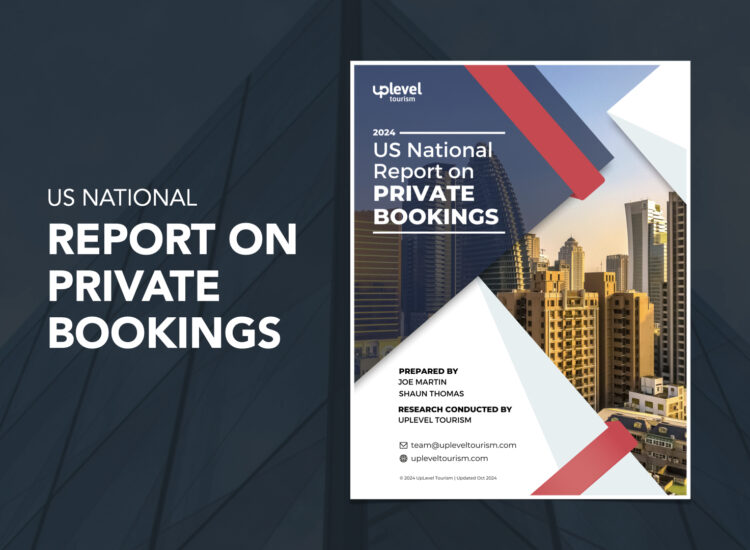After having just gone through the most disruptive period in the living memory of our industry, it may feel counterintuitive to think about raising your prices right when guests are starting to return. You may find yourself in a reactionary posture, doing everything you can to keep from passing rising costs onto your guests. The results are lower wages for an already scarce workforce, a skinnier tour product, and less profit in your pocket.
Eventually, you need to accept that inflation is a fact, and prices everywhere are going up. Therefore, you need a dynamic strategy that will help you through this transitionary period, allowing you to raise your prices, increase your margins, and grow your business.
The solution lies in understanding the unique value you bring to your guests. That value is defined by the problem you solve for them with your tour product. In order to figure out your unique value, you need to have a clear understanding of your guest and what problem they need you to solve for them.
Once you understand the unique value of the experience you offer, you’ll have a clearer idea of what someone expects to pay.
Sell Value, Not Services.
There are a lot of things that go into pricing your tour. Certainly, you have to account for your cost of goods sold, how much you pay your tour guides, and company overhead. Plus, there’s the little matter of profit margin to consider. But let’s put those concerns aside for a minute and look at pricing from your guest’s point of view.
For your guest, they have no idea what goes into putting together an amazing experience. All they see is the end result. When they’re looking at buying a ticket for your tour, they form an expectation of what they’ll get for the price they’re paying.
In other words, the price of your tour should reflect your guests’ perceived value of the experience they expect to have. When you can better align your value with those expectations, you have an opportunity to successfully raise your prices.
While you can try to use industry benchmarks to position your tour, the truth is that your tour is too unique to use other tours to determine your pricing. It’s about understanding your unique value to your specific guest. This is what allows multiple tours to thrive together in the same market: they each have an understanding of who they serve best, and aren’t both trying to compete for the entire pool of potential guests.
Your Unique Value
In order to meet your guests’ expectations and determine the value of your tour, you need to understand who they are and what problem your tour solves for them.
Many of my clients initially come to me having been told their value comes from an understanding of their purpose, their mission, and their core values. They spend more time thinking about their own identity, and not enough thinking about the identity of their customers. When they get around to thinking about their market, they use outdated methods to determine a broad buyer persona or a generalized target market.
I’ve developed a much faster path through that process. The best way to discover what specific problem you solve for your guests, and to come up with your true unique value is to create a profile of your One Target Customer.
Your One Target Customer
To define your One Target Customer, I take my clients through a process of imagining, in detail, a real person with a real problem you can solve, someone very much like the guests who have already booked your tour in the past. This is the person who is most likely convert to a paying customer upon visiting your site.
Once we’ve identified your One Target Customer, we can figure out how your tour solves their problem. This is how we come up with your Unique Value Proposition (UVP), the first sentences on your website that directly address the value your tour brings to your target customer.
Identifying your One Target Customer is at the core of our marketing philosophy. Using your target customer to come up with your UVP is only the beginning. Knowing what your product is worth to them based on the value you provide is the best way to properly price your tour.

Add Value
Perhaps, upon identifying your One Target Customer, you make changes to the tour to better solve their problem. Maybe you’ve chosen to add value to your tour with a new stop, or a photo-op at a fun mural — things that are free or low-cost to you, but increase the perceived value to your guest. The more value you can add, the more leeway you have with your pricing.
When you understand the unique value of your experience, you can better understand what someone expects to pay. It’s when you achieve this level of product/market fit that things start to align. More customers come in the door because they finally understand what you’ve been trying to tell them all along — why they should choose your tour instead of finding other solutions to their problem.
Let Data Be Your Guide.

Once you’ve determined who your target customer is and your unique value to solve their problem, now it’s time to determine a value-based price for your tour. Of course, it’s important to have a firm knowledge of the costs associated with your product, but that will only get you in the ballpark. How can you know how much to charge that will give your guests the value they expect and allow you to grow your profits?
The short answer: test it. You need data to make decisions. I’ve helped my clients in a number of ways to gather this kind of data. Here are a few examples:
- Increase your prices 20%, then test your click-through and conversion rates. If the same number or more people are clicking and buying, then you may even have room to raise your prices more.
- Add a more expensive, premium tour to your site that costs more than your highest grossing tour. Putting the tour you want to sell most in the middle range of your pricing makes it appear to be the most affordable for the value it offers.
- Rearrange the order of the tours on your site to list the most expensive tour first, then test to see if it increases sales of your mid-priced tour by allowing someone to compare the perceived value of your experiences.
- Write a description of a new experience aimed directly at your target customer, and test to see how many clicks it gets. Since the tour doesn’t exist yet, when a person clicks “purchase,” they’ll be greeted by a screen apologizing, and letting them know the tour isn’t yet available. They’ll be given a 15% off coupon to redirect to your available offerings, and an opportunity to enter their email address to be kept up to date on availability.
- Have your guides conduct surveys during the tour to see what people think about pricing and new tour offerings.
- Use your email newsletter to ask questions, gather responses, and increase customer engagement all at the same time.
- Use your Digital Guidebook to prompt guests with questions about new experiences they’d be willing to pay for.
By making data-informed decisions, you won’t need to guess whether your customers will like a new tour, or continue to book at higher prices. You’ll already know the answer because you’ll have data to prove it.


